What is the tolerance range of precision screws?
What is the tolerance range of precision screws?
Service Hotline
+86760-8787 8587We have more than ten years of experience in the production of screw industry, the main products are: GB923 decorative nuts, copper buckle rivets, accessories matching bolts, two ends of Xiaozi, blackened spring washers, flat washer combination screws, U-bolts, hexagon socket self-tapping screws, nuts Hanging nuts, spring washer screws, split hollow pins, enlarged and thickened flat washers, open and closed semi-hexagonal small flat head cylindrical size countersunk head pressure riveting nuts, meson bolts, GB external hexagonal bolts and other fasteners, due to the product material and Specifications vary, prices vary, please contact us if necessary.


Blind rivets (blind rivets) --------- rivet body (rivet body) mandrel (rivet stem or rivet mandrel). It is a type of rivet for single-sided riveting, but it must be riveted with a special tool - a rivet gun (manual, electric, pneumatic). When riveting, the rivet core is pulled by a special rivet gun to expand the rivet body and play a riveting role. This type of rivet is especially suitable for riveting occasions where it is inconvenient to use ordinary rivets (riveting from both sides), so it is widely used in construction, automobiles , ships, aircraft, machinery, electrical appliances, furniture and other products. Among them, the open-type oblate head blind rivets are the most widely used, the countersunk head blind rivets are suitable for riveting occasions where the surface needs to be smooth, and the closed blind rivets are suitable for riveting occasions that require high load and certain sealing performance.
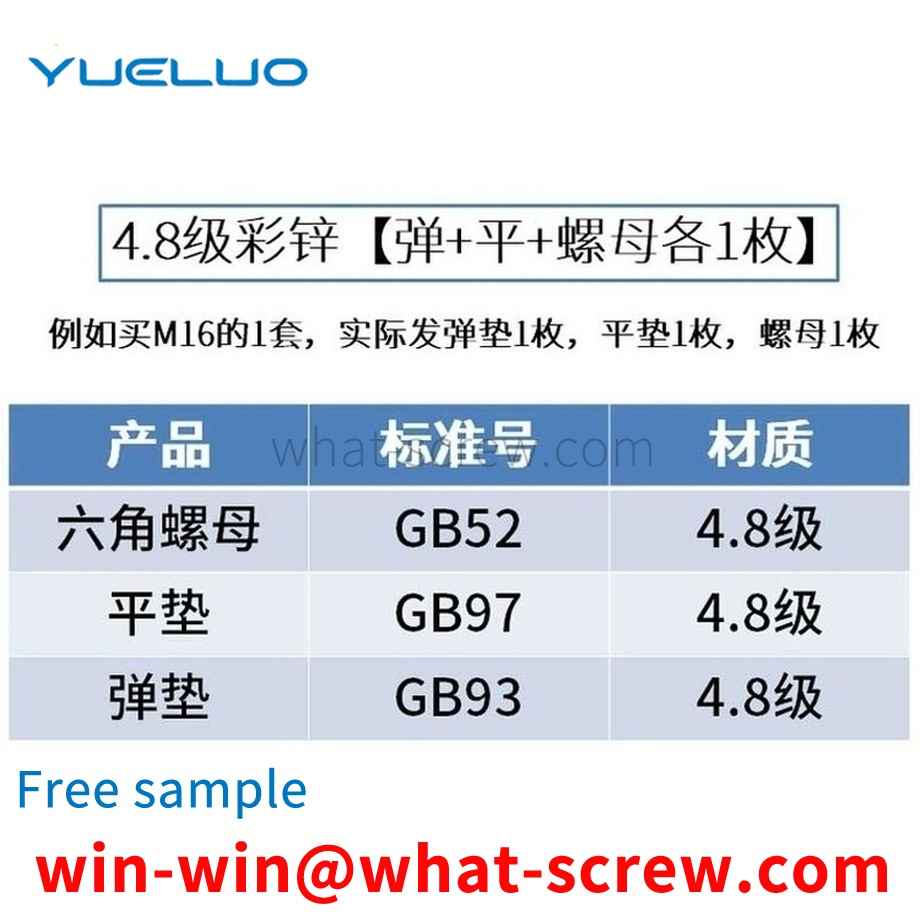
Guangdong Yueluo Hardware Industry Co., Ltd. discloses a rivetless rivet, which includes a nail body and a mandrel, wherein one end of the nail body is provided with a nail body brim, and the nail body brim is provided with a nail body. A coaxial counterbore, the nail body is provided with a through hole coaxial with the nail body, the counterbore is communicated with the through hole and its diameter is larger than the diameter of the through hole, and one end of the mandrel is provided with a mandrel cap The other end is provided with a clamp head, and the end is provided with an elastic groove for retracting the clamp head inward or opening it outward. The clamping head on the core is clamped on the boss formed by the countersunk hole and the through hole. The above-mentioned rivet-free rivet is not only simple, compact and reasonable in structure; riveting is simple and does not require professional tools and equipment; and it is easy to disassemble after riveting, can be reused, has a wide range of applications, and is reliable and stable in connection.
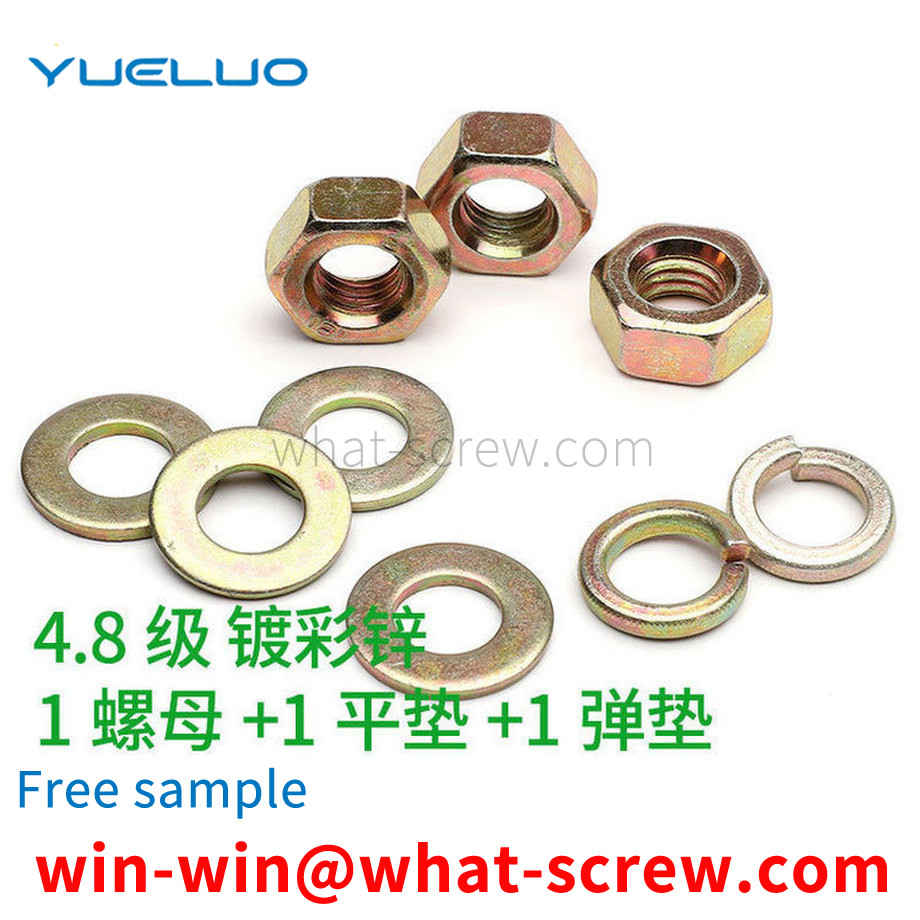
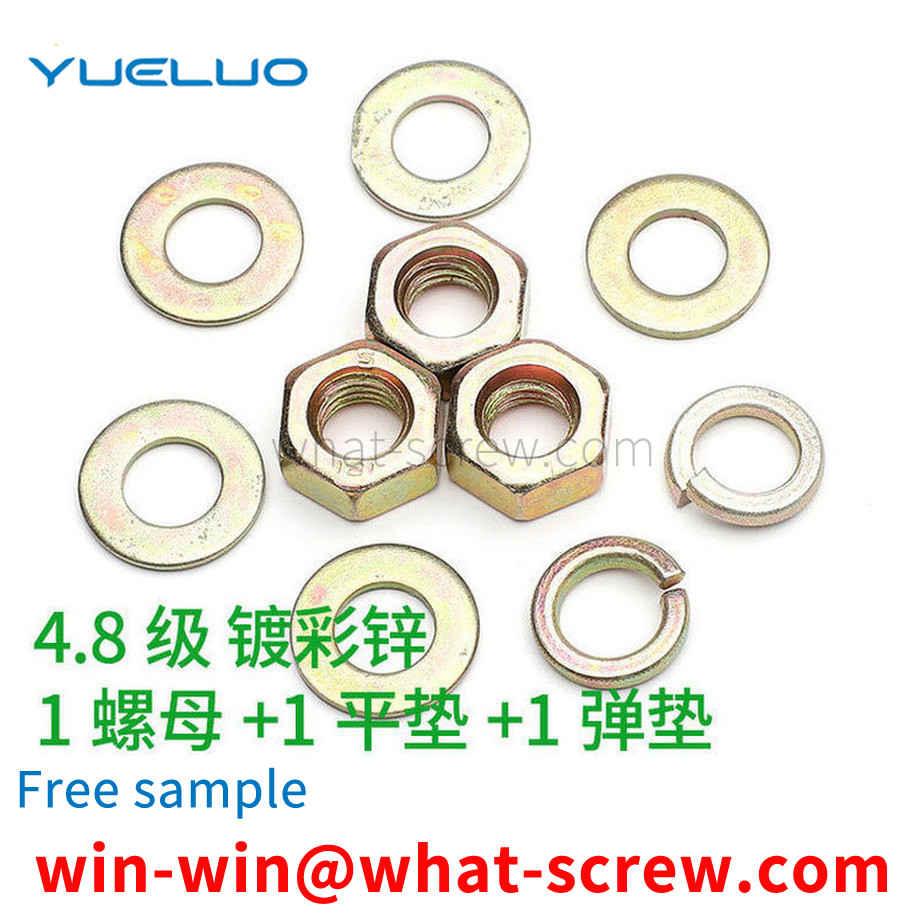
Further, the clamping mechanism includes two clamping plates placed between the two fixing blocks, a bearing seat is installed on one side of each of the clamping plates, a bearing is installed inside the bearing seat, and the bearing is The inner ring is snap-connected with an elastic adjustment screw, and the other end of the elastic adjustment screw penetrates the fixing block and is placed outside the fixing block.
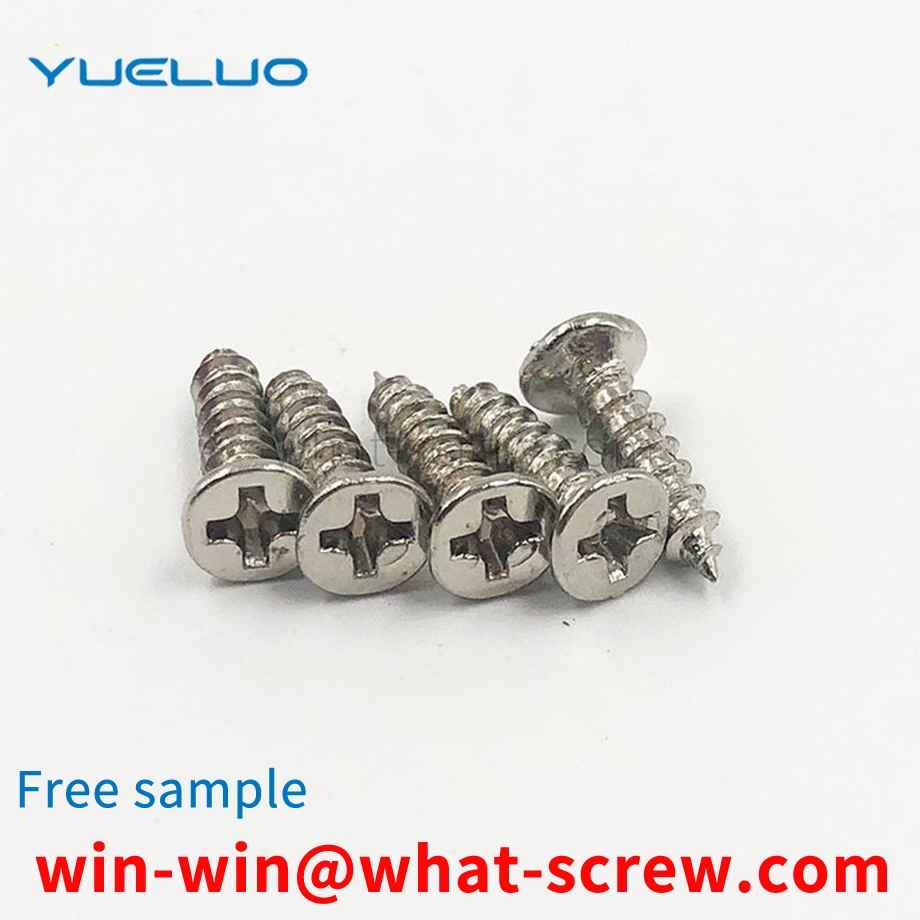
At present, the standard parts on the market mainly include carbon steel, stainless steel and copper. A carbon steel. We distinguish low carbon steel, medium carbon steel and high carbon steel and alloy steel by the content of carbon in carbon steel material. 1 Low carbon steel C%≤0.25% is usually called A3 steel in China. Foreign countries are basically called 1008, 1015, 1018, 1022, etc. Mainly used for grade 4.8 bolts, grade 4 nuts, small screws and other products without hardness requirements. (Note: 1022 material is mainly used for drill tail screws.) 2 Medium carbon steel 0.25% 3 High carbon steel C%>0.45%. 4 Alloy steel is basically not used in the market: alloying elements are added to ordinary carbon steel to increase some special properties of steel: such as 35, 40 chromium molybdenum, SCM435, 10B38. Fangsheng screws mainly use SCM435 chromium molybdenum alloy steel, the main components are C, Si, Mn, P, S, Cr, Mo. Two stainless steel. Performance grade: 45, 50, 60, 70, 80 1 Mainly divided into austenite (18% Cr, 8% Ni) with good heat resistance, good corrosion resistance and good weldability. A1, A2, A4 2 Martensite, 13%Cr have poor corrosion resistance, high strength and good wear resistance. C1, C2, C4 ferritic stainless steels. 18%Cr has better upsetting and corrosion resistance than martensite. The imported materials on the market are mainly Japan. According to the level, it is mainly divided into SUS302, SUS304 and SUS316. Three coppers. Commonly used materials are brass...zinc-copper alloys. The market mainly uses H62, H65, H68 copper as standard parts.
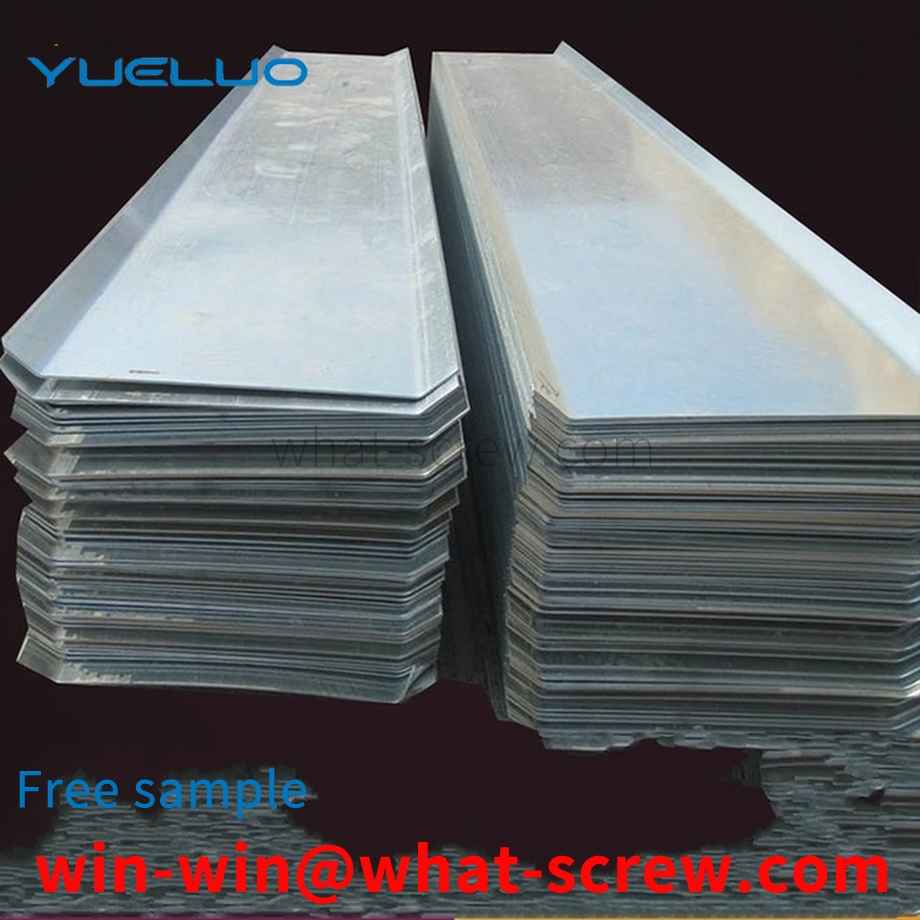
The above content is uploaded by Yueluo or the Internet. If there is any copyright issue, please contact [email protected].

What is the tolerance range of precision screws?

How to choose the right stainless steel screw manufacturer?

Why is there an R angle under the head of the hexagon head s...
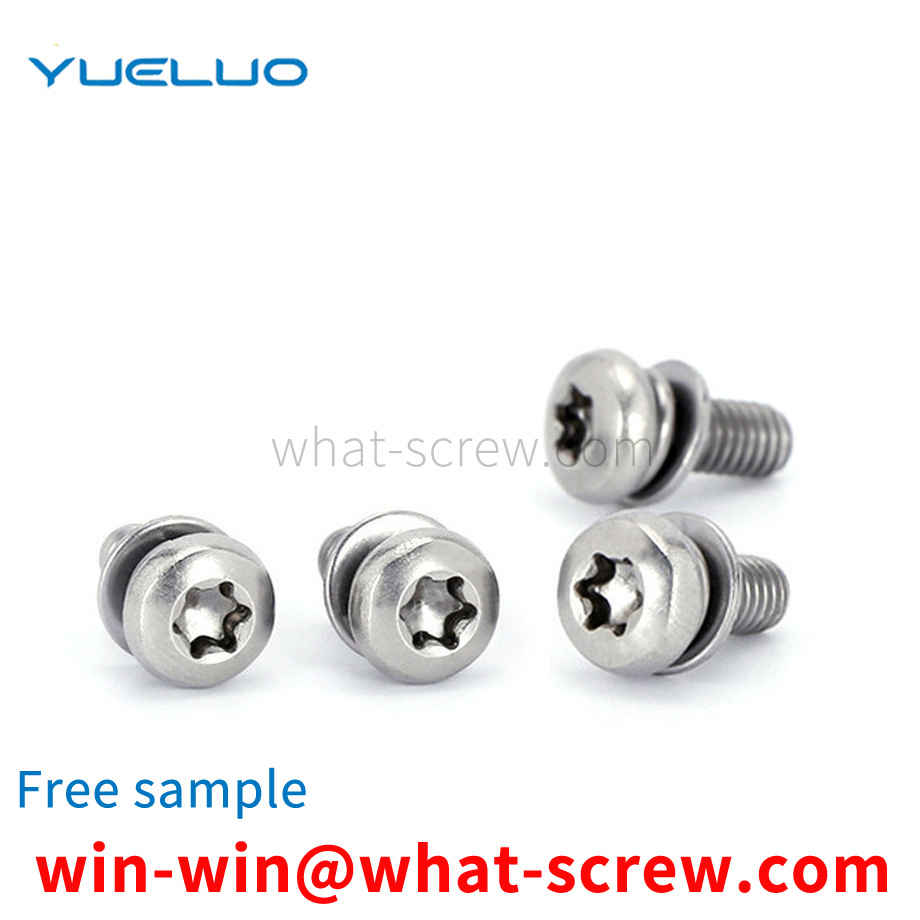
We have more than ten years of production experience in the ...

We have more than ten years of production experience in the ...

We have more than ten years of experience in screw industry ...
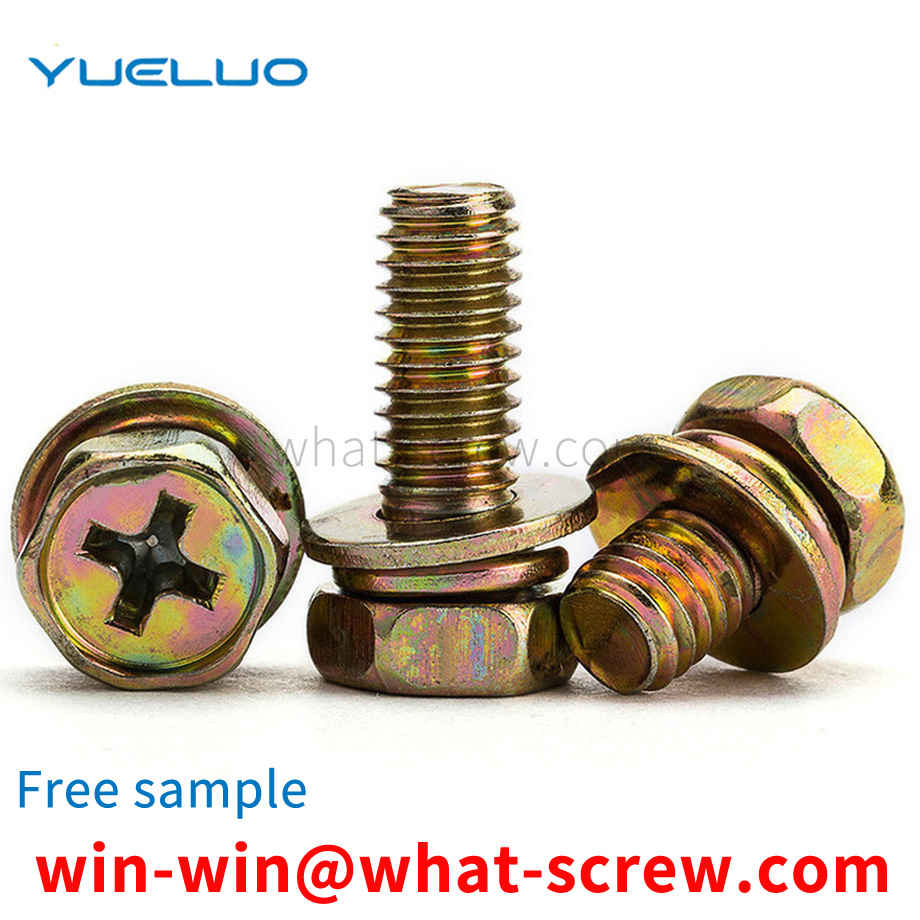
We have more than ten years of production experience in the ...